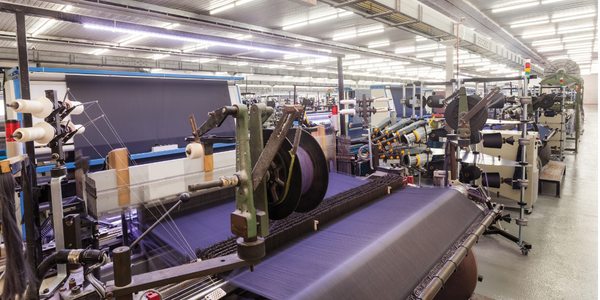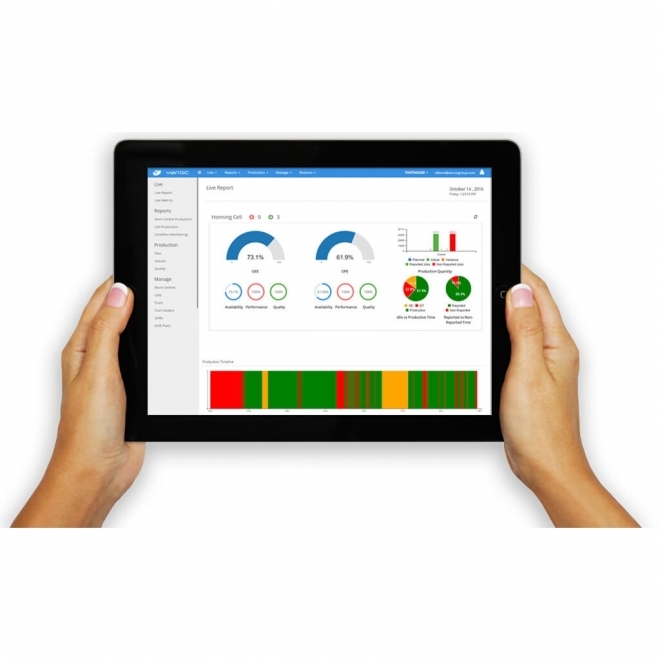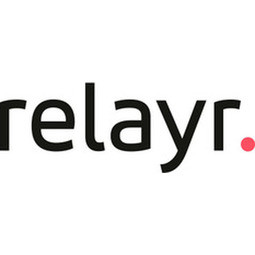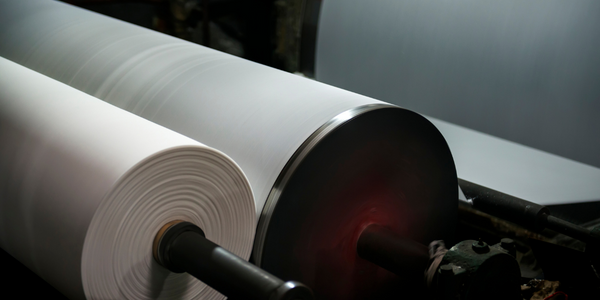
技术
- 应用基础设施与中间件 - 数据交换与集成
- 应用基础设施与中间件 - 数据可视化
- 功能应用 - 企业资产管理系统 (EAM)
- 功能应用 - 远程监控系统
- 平台即服务 (PaaS) - 数据管理平台
- 传感器 - 电表
适用功能
- 离散制造
用例
- 工厂可见化与智能化
客户
未公开
关于客户
概述: - 成立于 1997 年的自营公司 - 在欧洲拥有 5 家工厂的中型制造商 - 每个工厂运行大约 150 条生产线,每条生产线运行 800 锭 - 在整个价值链(aerospa
挑战
可见性 - 目前无法查看每台机器或工厂消耗的电量;需要考虑每批次使用的能源。浪费 - 10% 的产品不符合质量标准,无法识别故障点(初始纺纱、编织、最终加工等)。不准确 - 获取和编译 OEE 测量结果是一个手动过程,缺乏对生产过程所有部分的可见性并且容易出错。缺乏互操作性 - 过时的机器仍然有很长的有效寿命,但需要连接到更新的数字资产
解决方案
信息透明度是找出制造业利润损失根源的关键。工业物联网释放了生产线中的数据孤岛,并将数据转化为真正的洞察力。无论自动化程度如何,relayr 的智能制造解决方案都允许您直接从生产线机器收集、管理和分析数据。借助 relayr 智能制造,您可以轻松地将当前的 IT 生产线环境更改为预测模型。
收集的数据
Energy Consumption Rate, Energy Cost Per Unit, Power Consumption, Production Efficiency
运营影响
数量效益

Case Study missing?
Start adding your own!
Register with your work email and create a new case study profile for your business.
相关案例.

Case Study
Accelerate Production for Spirit AeroSystems
The manufacture and assembly of massive fuselage assemblies and other large structures generates a river of data. In fact, the bill of materials for a single fuselage alone can be millions of rows of data. In-house production processes and testing, as well as other manufacturers and customers created data flows that overwhelmed previous processes and information systems. Spirit’s customer base had grown substantially since their 2005 divestiture from Boeing, resulting in a $41 billion backlog of orders to fill. To address this backlog, meet increased customer demands and minimize additional capital investment, the company needed a way to improve throughput in the existing operational footprint. Spirit had a requirement from customers to increase fuselage production by 30%. To accomplish this goal, Spirit needed real-time information on its value chain and workflow. However, the two terabytes of data being pulled from their SAP ECC was unmanageable and overloaded their business warehouse. It had become time-consuming and difficult to pull aggregate data, disaggregate it for the needed information and then reassemble to create a report. During the 6-8 hours it took to build a report, another work shift (they run three per day) would have already taken place, thus the report content was out-of-date before it was ever delivered. As a result, supervisors often had to rely on manual efforts to provide charts, reports and analysis.

Case Study
AUDI AG 20% PRODUCTIVITY IMPROVEMENT
In the automotive industry, niche products are becoming more and more important. The automobile industry has changed considerably over the past few years. No doubt: to remain competitive, instant reaction to specific customer requests is of utmost importance. In a parallel to the growing individualization of our society, the range of models available from Audi has increased as well.

Case Study
Automotive Component Manufacturer Improves with Datonis IoT Solution
As a part of their Industry 4.0 initiative, the customer primarily wished to leverage IoT for maximizing operational efficiencies, productivity, reducing the energy footprints and maximizing capacity utilization. But there were several challenges at the outset:Firstly, the customer had multiple assembly lines with a diverse set of machines, systems and sensors, all communicating on different protocols. As such, primarily they needed a partner who could connect diverse set of assets on to a single platform and make use of underutilized ‘dark’ data.Secondly, the amount of data, data types and their applications was so vast, that the platform handling it, needed to be scalable and flexible.Lastly, Varroc faced the typical challenge of innovating in ‘Brownfield’ markets – wherein the real bottleneck is in integrating IoT in tandem with both the new and legacy equipment without any further CAPEX for asset substitution.

Case Study
IoE Increases Operational Efficiencies and Improves Energy Management
For many manufacturing companies today, the opportunity to connect people, process, data, and things created by the Internet of Everything (IoE) presents a new way to look at factory automation. The opportunity for digital innovation often arises when a company is expanding capacity or building a new production facility. Mahindra and Mahindra, one of India’s leading automakers, seized the opportunity to deploy a connected factory of the future at their new Chakan facility.

Case Study
IIC Factory Operations Visibility & Intelligence Testbed
Contextual and background data is often buried and in various formats; Storage and distribution of large amounts of raw data requires considerable compute resources and infrastructure; The cost of installation and maintenance of new computers, servers, and network equipment to collect and distribute data needs to be minimized. GOAL Establish new open environments for future factory operation visualization scenarios, with data upload and simulation capability to augment physical factory equipment; Provide a cloud-based platform that can combine factory sensor and operational data to enhance the visibility and analysis of key manufacturing processes, thereby enabling improvement of operational efficiency.




